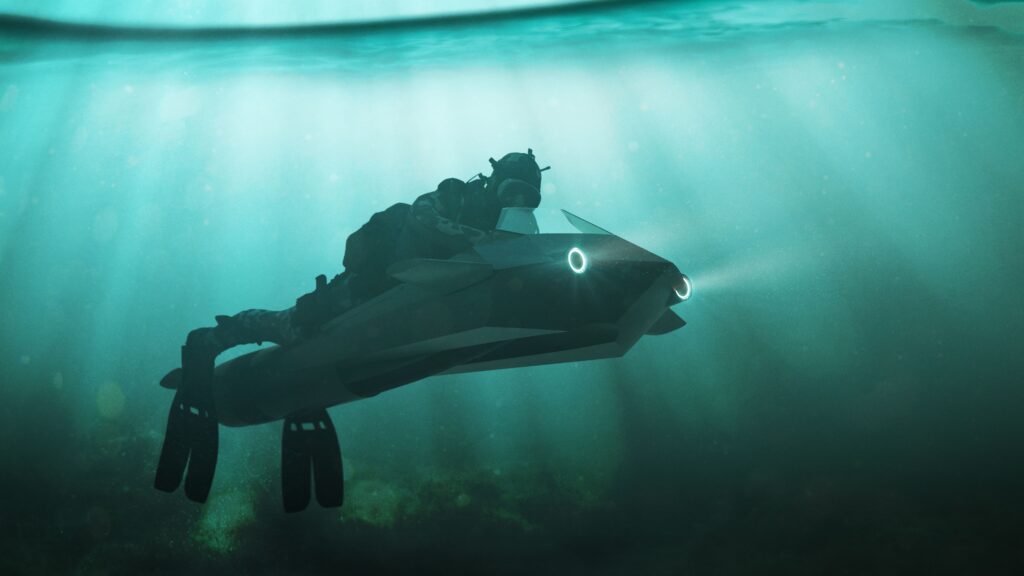-
C-Researcher series
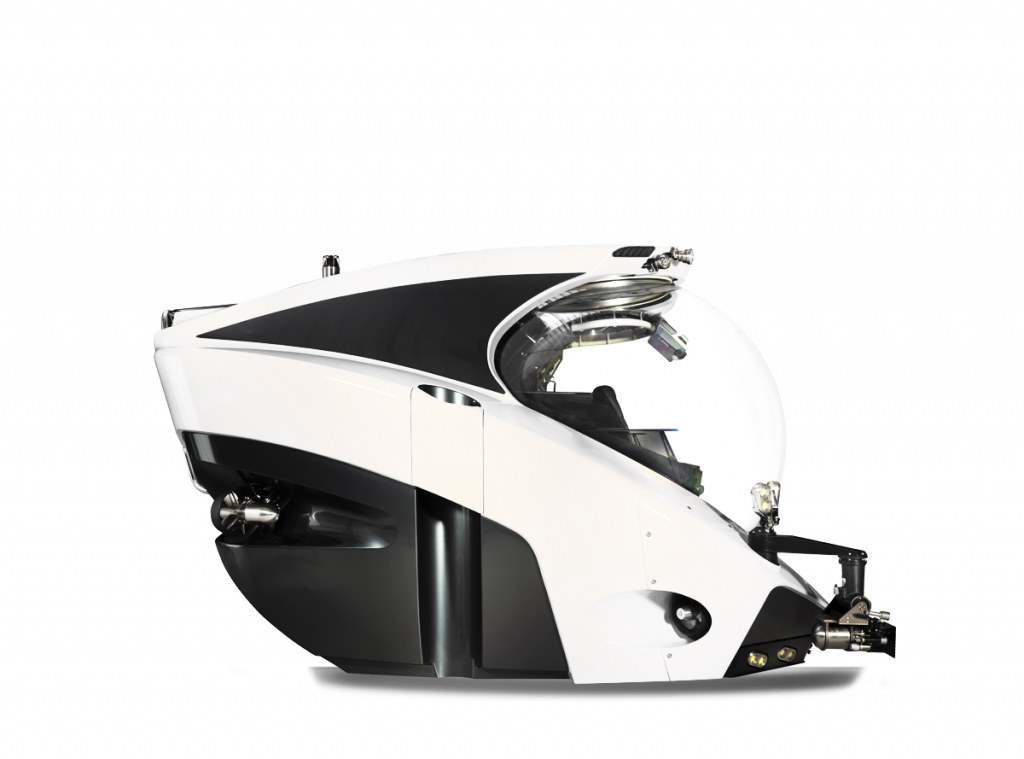 Learn about the C-Researcher series
Learn about the C-Researcher series-
-
C-Researcher 2500 M 1,640 Ft5,750 KG 12,700 Lb2
-
C-Researcher 21,140 M 3,740 Ft7,200 KG 15,800 Lb2
-
C-Researcher 23,000 M 9,840 Ft9,960 KG 21,950 Lb2
-
C-Researcher 3300 M 1,000 Ft6,300 KG 13,900 Lb3
-
C-Researcher 31,140 M 3,740 Ft8,900 KG 19,620 Lb3
-
C-Researcher 32,500 M 8,200 Ft11,300 KG 24,910 Lb3
-
C-Researcher 3 LH500 M 1,640 Ft4,100 KG 9,040 Lb3
-
C-Researcher 3 LH1,700 M 5,570 Ft10,500 KG 23,150 Lb3
-
C-Researcher 5300 M 1,000 Ft8,600 KG 18,960 Lb5
-
-
NEXUS Series
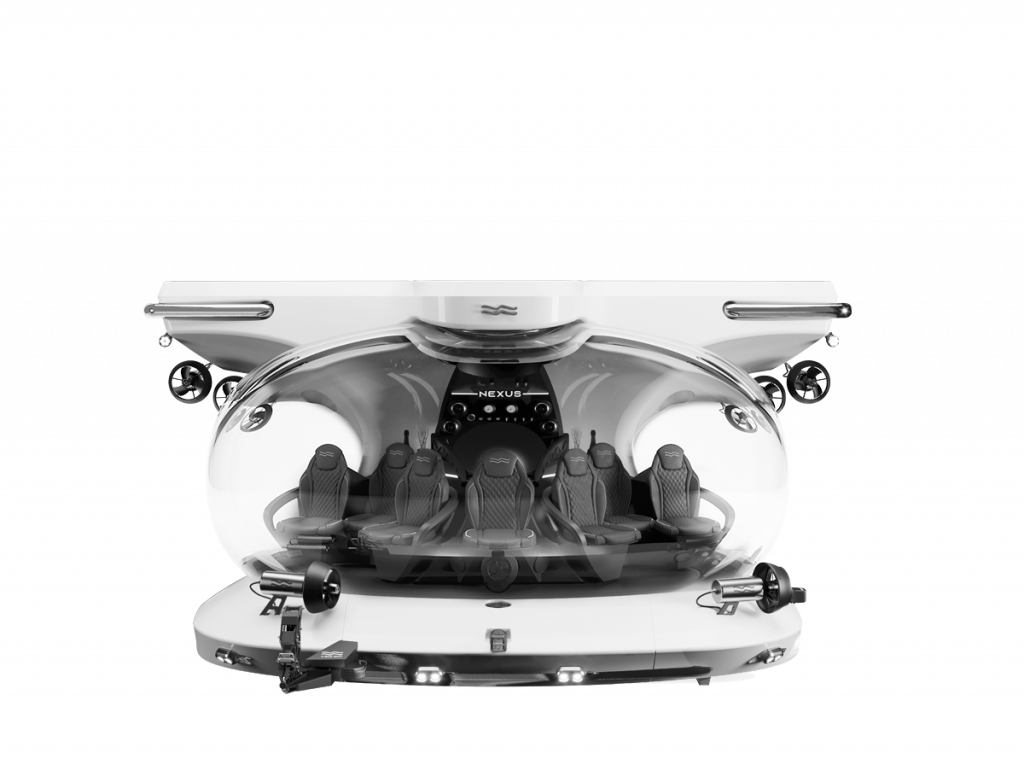 Learn about the NEXUS Series
Learn about the NEXUS Series-
-
NEXUS 7200 M 650 Ft11,000 KG 24,000 Lb7
-
NEXUS 8200 M 650 Ft12,000 KG 26,000 Lb9
-
-
Cruise Sub series
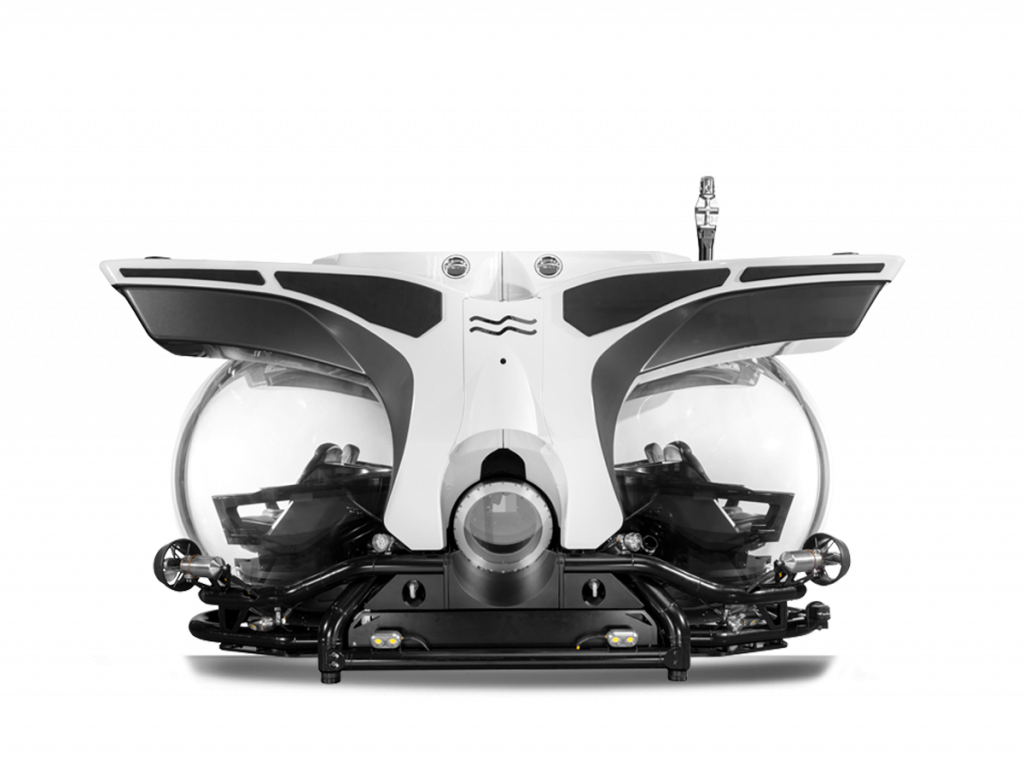 Learn about the Cruise Sub series
Learn about the Cruise Sub series-
-
Cruise Sub 5500 M 1,640 Ft8,500 KG 18,750 Lb5
-
Cruise Sub 51,140 M 3,750 Ft11,000 KG 24,250 Lb5
-
Cruise Sub 51,700 M 5,570 Ft16,000 KG 35,260 Lb5
-
Cruise Sub 7300 M 1,000 Ft9,500 KG 20,940 Lb7
-
Cruise Sub 71,140 M 3,740 Ft14,500 KG 31,970 Lb7
-
Cruise Sub 9300 M 1,000 Ft11,000 KG 24,250 Lb9
-
Cruise Sub 11200 M 650 Ft13,300 KG 29,320 Lb11
-
-
Super Yacht Sub
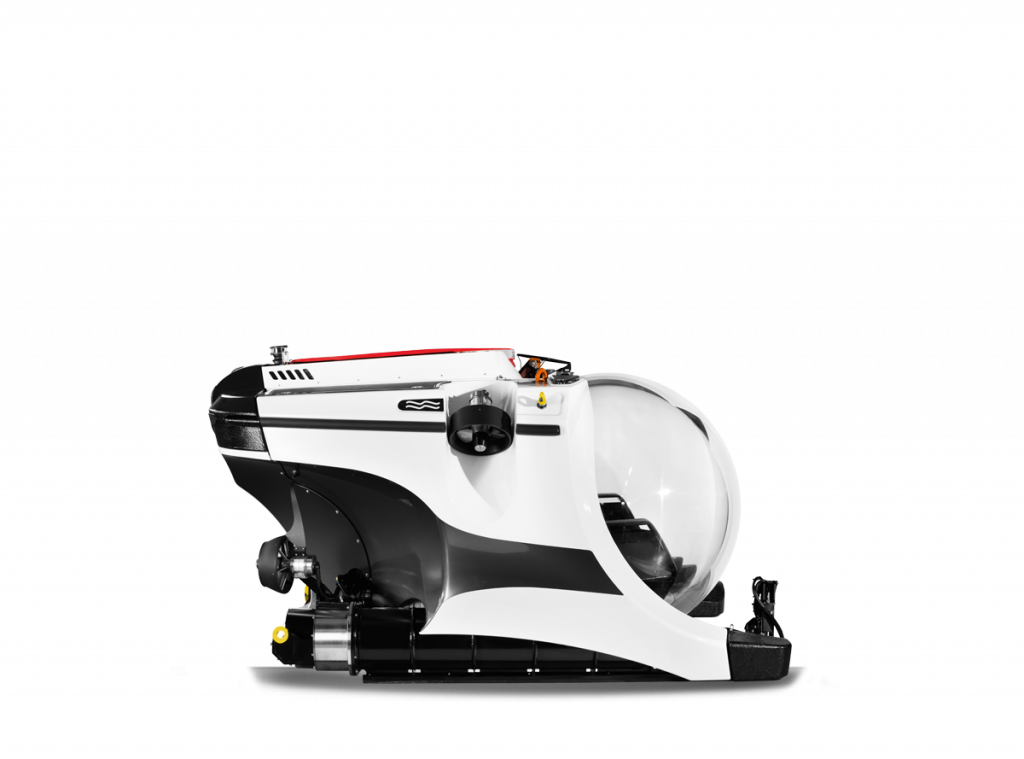 Learn about the Super Yacht Sub
Learn about the Super Yacht Sub-
-
Super Yacht Sub 3300 M 1,000 Ft3,800 KG 8,380 Lb3
-
-
C-Explorer series
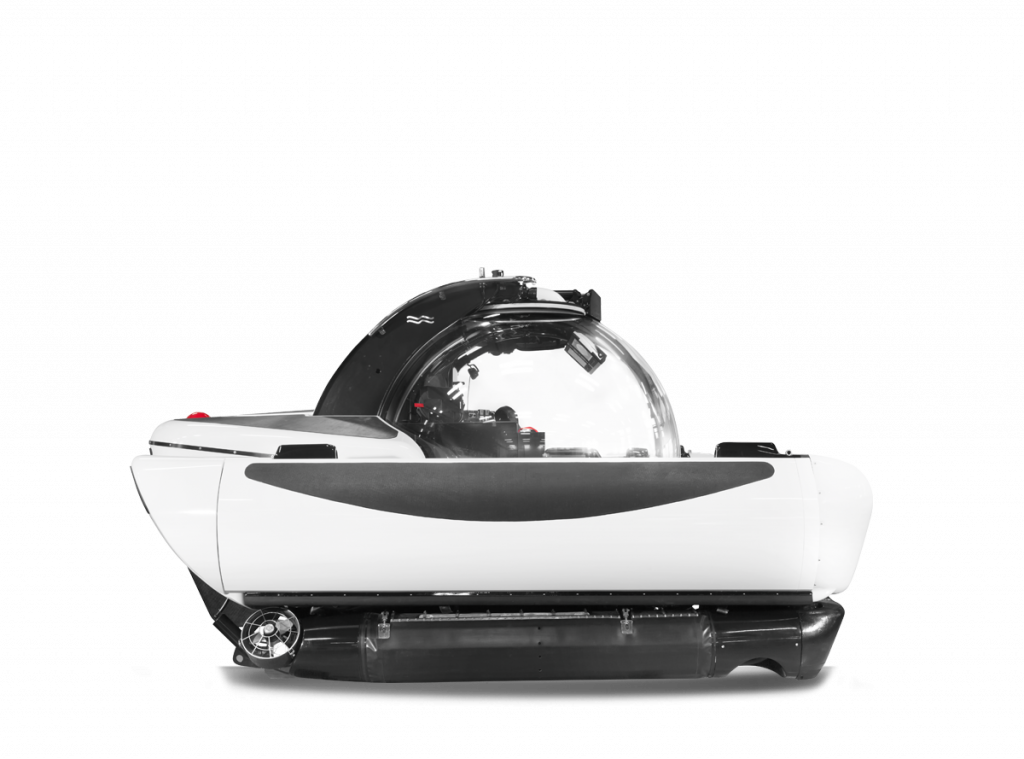 Learn about the C-Explorer series
Learn about the C-Explorer series-
-
C-Explorer 3300 M 1,000 Ft6,010 KG 13,250 Lb3
-
C-Explorer 5200 M 650 Ft7,340 KG 16,180 Lb5
-
-
NEMO series
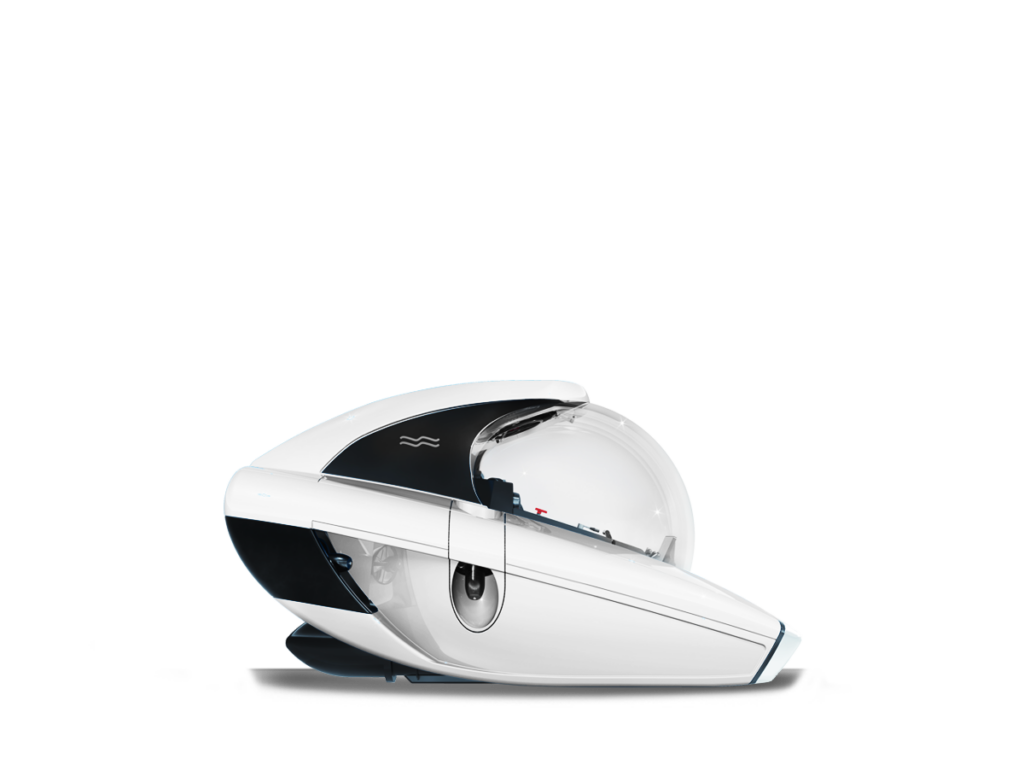 Learn about the NEMO series
Learn about the NEMO series-
-
NEMO 2100 M 330 Ft2,500 KG 5,510 Lb2
-
-
Super Sub
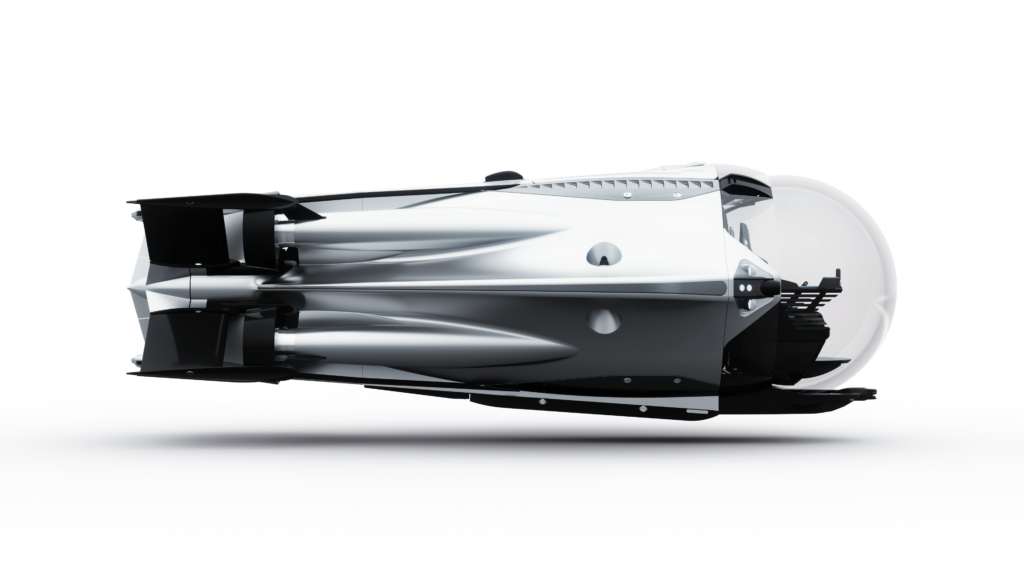 Learn about the Super Sub
Learn about the Super Sub-
-
Super Sub300 M 1,000 Ft9,000 KG 19,800 Lb3
-
-
UWEP
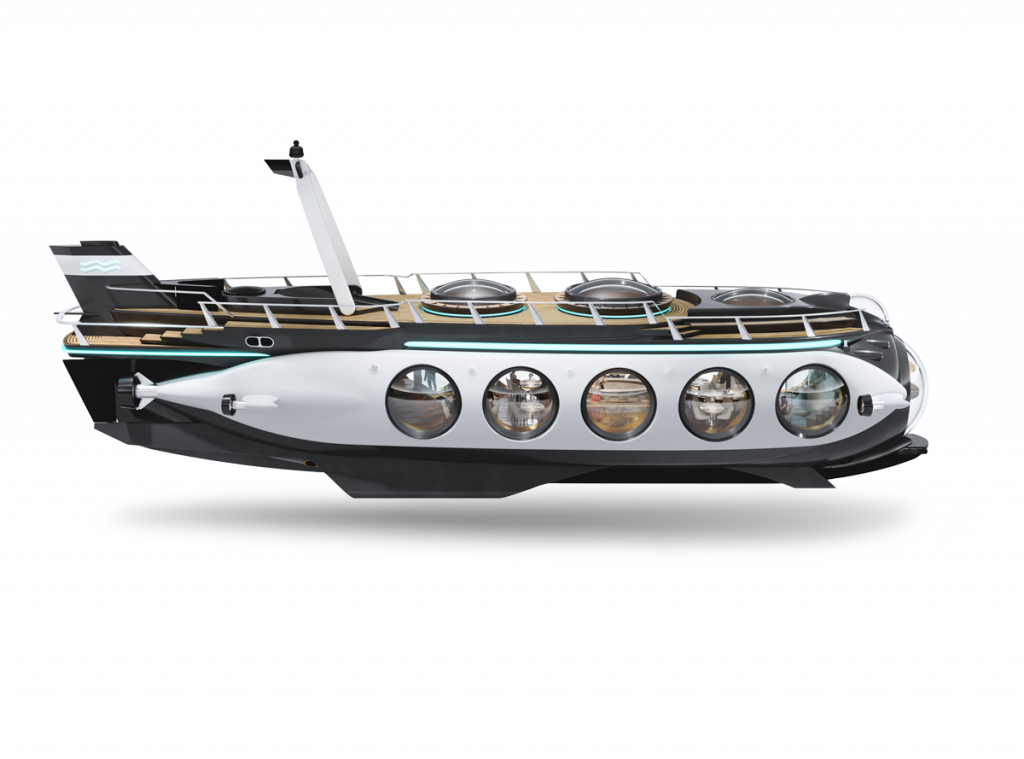 Learn about the UWEP
Learn about the UWEP-
-
120 OCCUPANTS150 M 500 Ft120
-
-
Nautilus
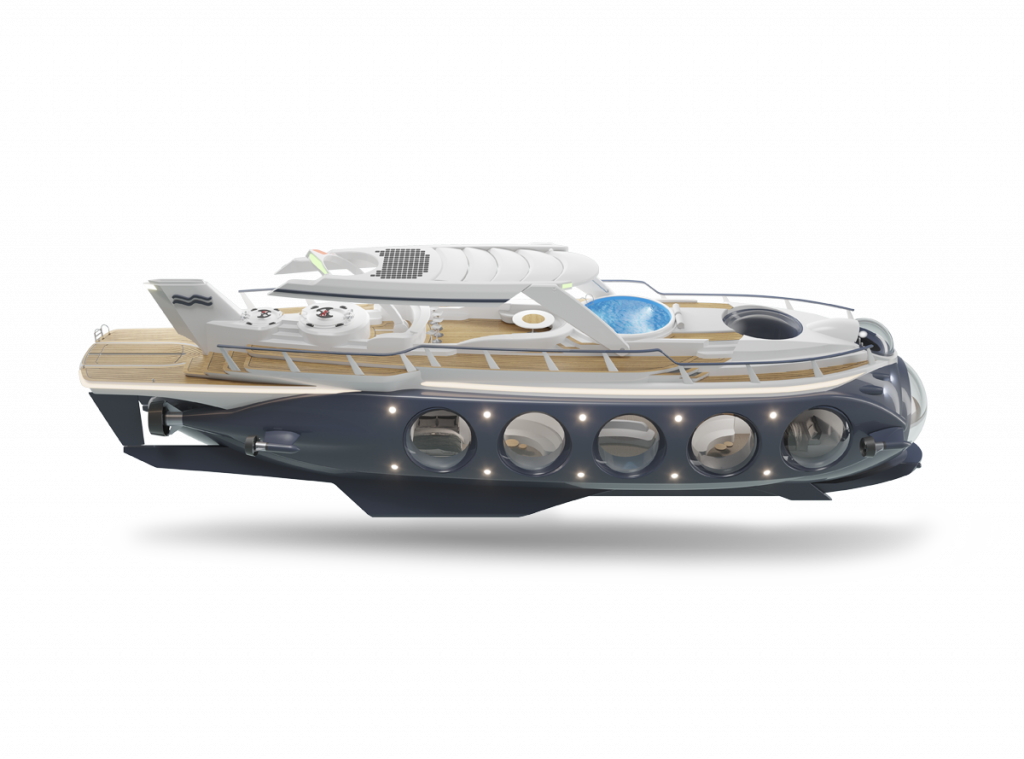 Learn about the Nautilus
Learn about the Nautilus-
-
17 occupants150 M 500 Ft17
-
feet/poundsmeter/kilogram
-
Occupants (min.)
299 -
Depth (min.)
10030003289840 -
Weight (max.)
2480130000054652500000 -
Height (max.)
1501000601000
